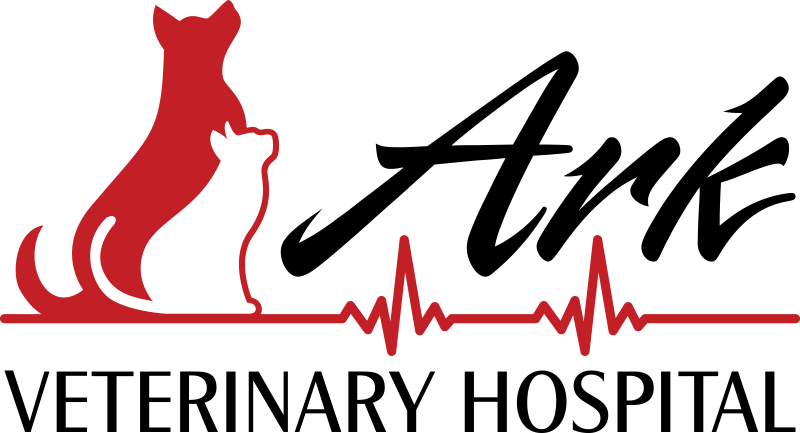
Pet dental care in Wooster, OH

Your pet’s oral care is very important.
According to the American Veterinary Dental Society, 70% of adult cats and 80% of adult dogs are affected by oral disease. In reality, the majority of pet owners are unaware that their dog or cat has a dental problem. Every examination includes a thorough oral exam to look for dental problems in the teeth and gums. Digital x-rays are also used to detect hidden tooth root diseases, as well as anesthetic dental cleanings. We evaluate all teeth for any signs of periodontal pockets, mobility, or recession.
What to know about pet dental care:
What are signs of dental disease in pets?
Not sure if your pet is dealing with dental issues? Look for these signs:
- Exceptionally bad breath
- Brownish plaque at the base of the teeth
- Excessive drooling
- Sore or bleeding gums when eating or chewing
- Decreased appetite
Should I brush my pet's teeth at home?
Without adequate dental treatment both at home and periodically at our Wooster, OH hospital, dogs and cats may get oral infections that lead to more severe health issues later on. Periodontal disease is a frequent problem in dogs, but it can be prevented entirely with the proper care. The key is to start treating your pet’s dental requirements early and keep doing so year after year.
What other health problems can occur from poor dental care?
Dental care is essential for good health. Dental neglect in pets can lead to gingivitis, tooth decay, and tooth loss. Bacterial plaque will harm the gum tissue and supporting teeth structures over time if left unchecked in your pet’s mouth, causing it to damage the gum tissue and blood vessels and perhaps enter the circulation, threatening the heart, liver, and kidneys.
How do we diagnose and treat dental issues?
A dental probe/explorer is used to examine and measure periodontal pockets and look for abnormalities. The findings are recorded on a dental chart, which becomes part of the patient’s medical history.
Dental x-rays provide the doctor with information that can’t be seen by looking in the pet’s mouth. Dental radiographs reveal tooth root abnormalities (such as the degree of bone loss, infection, and other abnormal changes) and assist the veterinarian in determining diagnosis and treatment options.
The plaque and tartar on the teeth above and below the gum line are removed using ultrasonic, hand scaler, and curette.
After scaling, the tooth is polished to remove any roughness from scaling. Polishing is an essential part of the dental procedure since it aids in the prevention of plaque and tartar formation on teeth after treatment.
